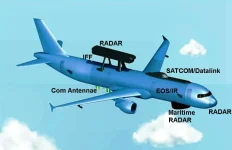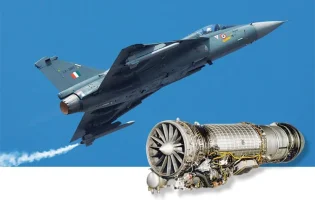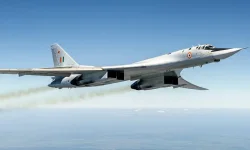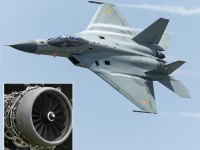- Views: 1K
- Replies: 5
India's formidable missile arsenal is set to receive a major enhancement with the development of the BrahMos-NG (Next Generation) missile, which will feature a cutting-edge X-Band Phased Array Monopulse seeker.
This advanced guidance system is engineered to provide the supersonic cruise missile with unparalleled precision, enabling it to effectively track and neutralize a wide variety of targets in challenging combat scenarios.
The new seeker, which functions as the missile's "eyes," operates on an X-Band frequency (8–12 GHz) known for generating high-resolution imagery.
Unlike traditional seekers that rely on a single, moving mechanical dish, this Phased Array system uses a matrix of small antennas that steer radar beams electronically.
This technology allows the BrahMos-NG to track multiple targets simultaneously with exceptional speed and agility, while also offering strong resistance to electronic jamming and other counter-measures employed by modern defence systems.
This technological upgrade is central to the BrahMos-NG program, which aims to produce a lighter, more compact, and more intelligent version of the renowned BrahMos missile.
The BrahMos, a successful joint venture between India's Defence Research and Development Organisation (DRDO) and Russia's NPO Mashinostroyeniya, is already celebrated for its Mach 3.5 speed.
The NG variant will retain this velocity while being approximately 50% lighter and shorter. This reduction in size and weight makes it compatible with a broader array of launch platforms, including the Tejas Mk1A and Su-30MKI fighter jets, as well as unmanned aerial vehicles (UAVs).
The introduction of this seeker is a timely response to the evolving nature of modern warfare, where stealth technology and high-speed threats are increasingly common.
The system's ability to detect targets with a very small Radar Cross Section (RCS)—as low as 0.01 m²—makes it highly effective against small or stealthy objects like drones, fast attack boats, and low-flying aircraft.
For larger targets, such as warships with an RCS of 2000 m², the seeker can acquire them from a distance of up to 20 kilometers, ensuring a long-range engagement capability for crucial sea and land strike missions.
The seeker's versatile operating modes—including search, acquisition, tracking, and terminal guidance—allow it to engage a comprehensive list of targets. This includes everything from large surface ships and high-speed boats to ground-based mobile launchers.
This capability ensures that the BrahMos-NG will remain a dominant weapon system, providing India's armed forces with a high-confidence, precision-strike tool capable of overcoming the most advanced adversary defences.






